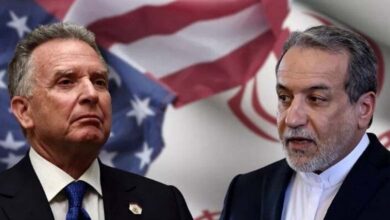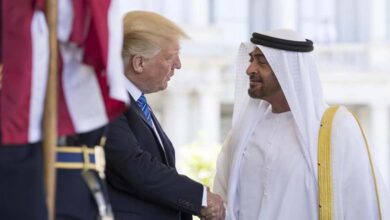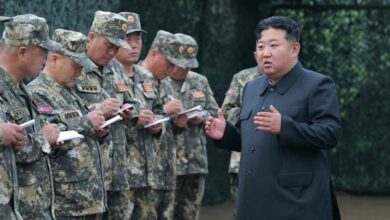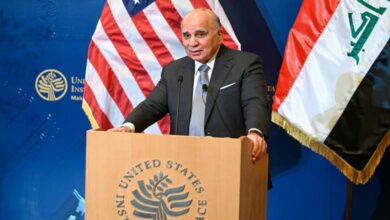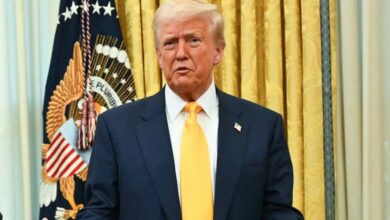Behind Trump’s Deal: How Iran and Israel Agreed to End the War

The announcement of a ceasefire between Israel and Iran marked the final chapter in a series of exchanged messages and simultaneous pressures.
At 4:00 AM GMT on Tuesday, the ceasefire agreement between Israel and Iran came into effect, following an overnight announcement by U.S. President Donald Trump.
-
Israel and Iran: Everything You Need to Know About The Fire Saturday
-
Intense Cyber War Between Israel and Iran
But how was this agreement, which ended the 12-day war, actually formed?
According to U.S. news outlet Axios, Trump’s efforts to end the conflict began in earnest on Sunday, shortly after American airstrikes targeted three Iranian nuclear facilities.
Quoting a White House official, the site reported that President Trump instructed his Middle East envoy, Steve Witkoff, to inform the Iranians of his willingness to negotiate a deal to end the war.
Iran initially “refused to participate”, stating that “diplomacy would only be possible after they retaliated by striking American targets”, according to a well-informed source.
-
Washington Tests Military Capabilities Amid Escalation Between Israel and Iran
-
The UAE, the Voice of Peace: Three Approaches to Handling the Iran-Israel War
However, prior to launching its missile strike on the Al-Udeid Air Base in Qatar on Monday evening, Axios reported that Iran “sent messages to the Trump administration via Qatar outlining the timing and nature of the intended targets”, according to a White House official. Tehran did not confirm or deny this information.
Qatar also did not confirm the details shared by the U.S. outlet.
Immediately after the strike, “the Iranians sent another secret message to the White House, stating that they would not carry out any further attacks on U.S. targets”.
-
Israel strikes Hamas, Hezbollah, and Houthi “weapons supply line” in Iran… Who is Behnam Shahriari?
-
Mutual escalation between Iran and Israel despite calls for de-escalation
Based on that, Axios adds, “the White House responded again via Qatari intermediaries, saying the U.S. would not retaliate for the Iranian attack and expressed readiness to resume negotiations with Tehran”.
According to a White House official, Trump then called Israeli Prime Minister Benjamin Netanyahu following the Al-Udeid attack and informed him of his intention to end the war.
Netanyahu agreed to the ceasefire, saying Israel would not launch additional strikes as long as Iran stopped firing missiles, the source added.
After all terms were finalized, Trump announced the ceasefire on his platform “Truth Social”.
-
One Week into War: Iran Expands Its Strikes on Israel with the Largest Rocket Barrage in 48 Hours
-
Missiles, Casualties, and Damage: Israel Reveals the Toll of Iranian Attacks
Trump affirms support for Qatar
On Tuesday, Qatar’s official news agency reported that Trump had called the Emir, Sheikh Tamim bin Hamad Al Thani, after Iran’s attack on the Al-Udeid base.
During the call, Trump expressed his country’s solidarity with Qatar and strongly condemned the Iranian strike, calling it “a blatant violation of Qatar’s sovereignty and airspace, as well as of international law and the UN Charter”.
He firmly rejected any “aggression that threatens the security and stability of Qatar and the region”, urging restraint and a diplomatic resolution.
Sheikh Tamim thanked the U.S. president for his support and solidarity with Qatar and its people, affirming the readiness and vigilance of the Qatari armed forces and the preventive measures taken, which ensured no casualties or injuries occurred.
-
Hypersonic Missiles and Strikes on Nuclear Facilities: Day Six Between Iran and Israel
-
Iran-Israel Escalation: Mass Launch of Evacuation and Withdrawal Phases
-
Anticipation and Preparations in Israel for a Double Attack from Iran and Yemen
-
Iran and Israel: Cross-Strikes… Is There Still a Window for Nuclear Negotiations?



